What is Batik?
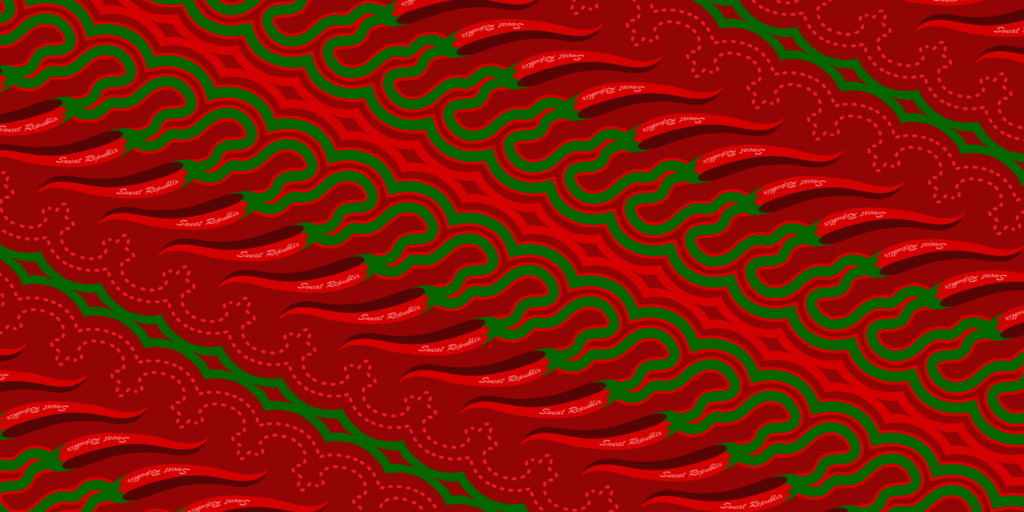
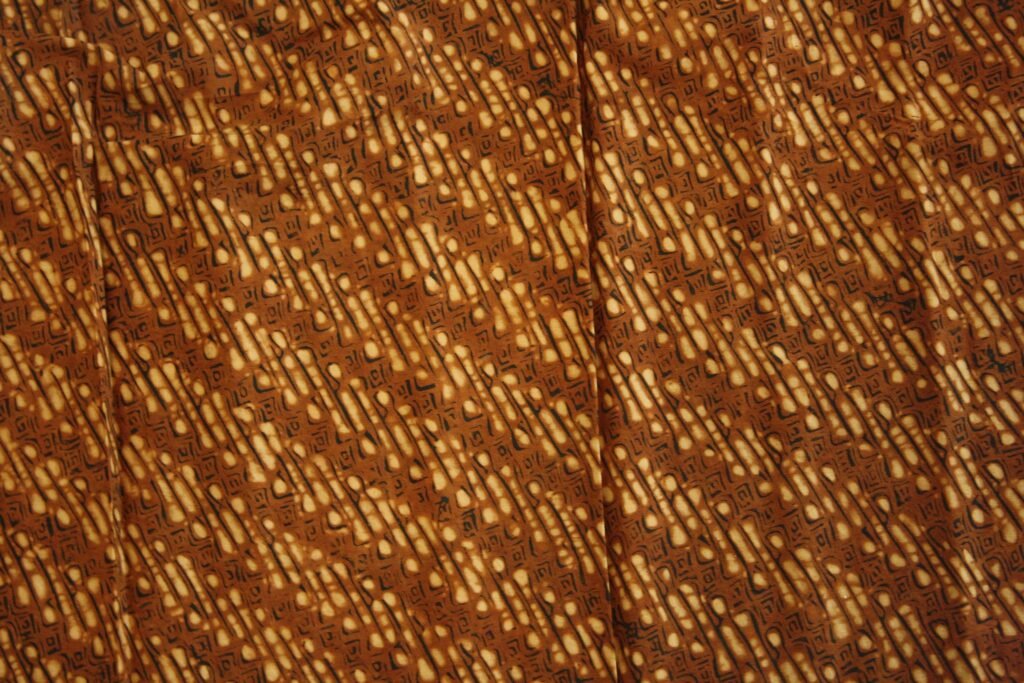
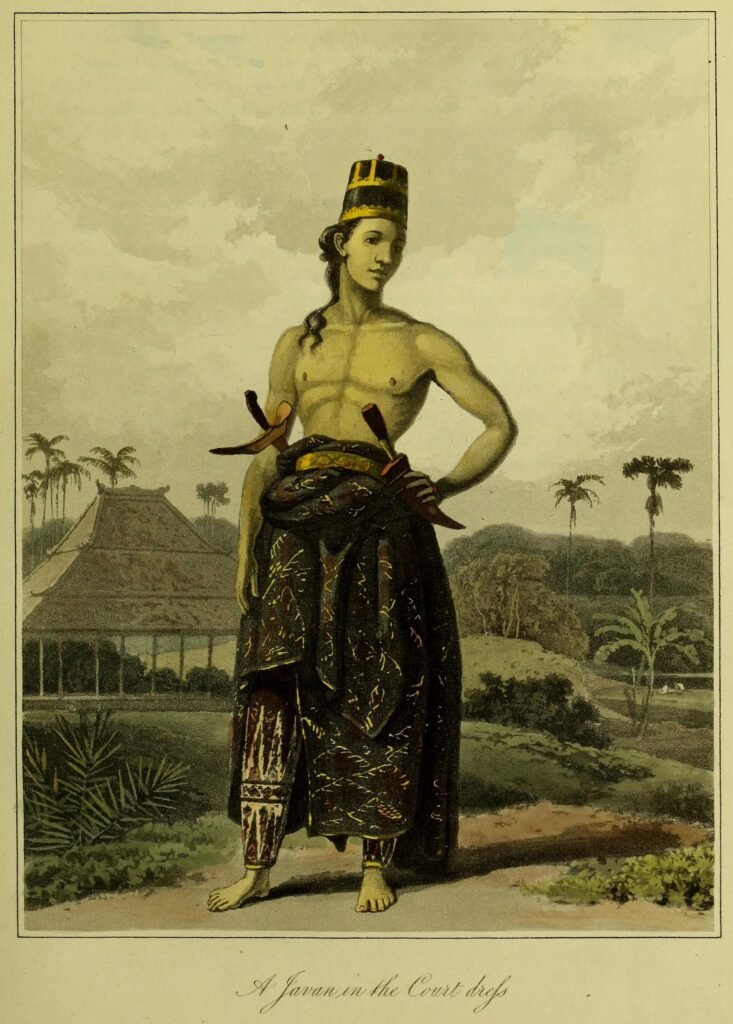
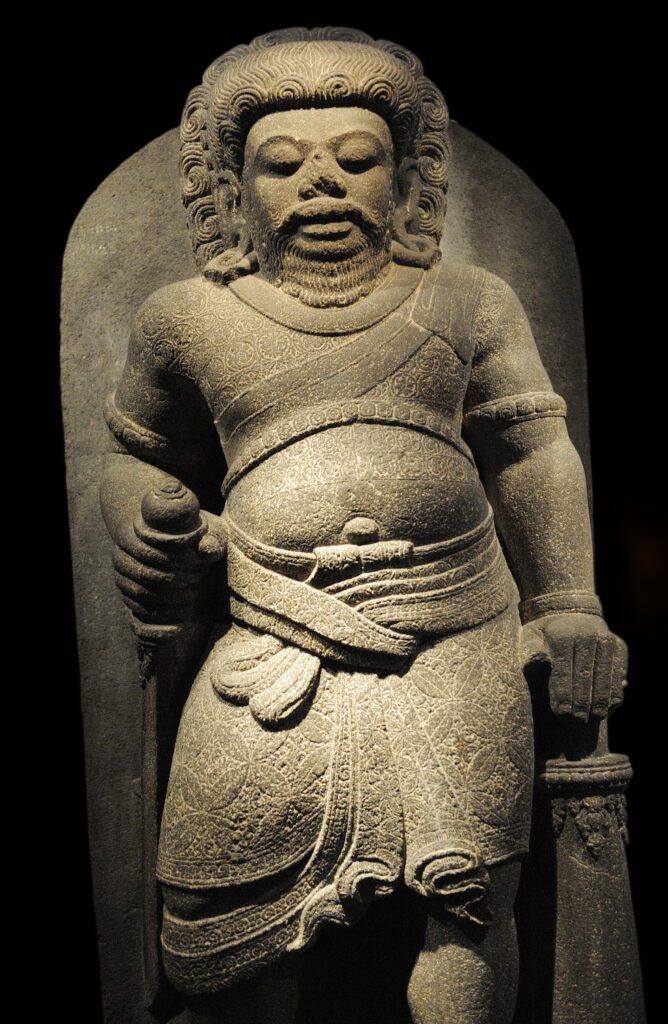
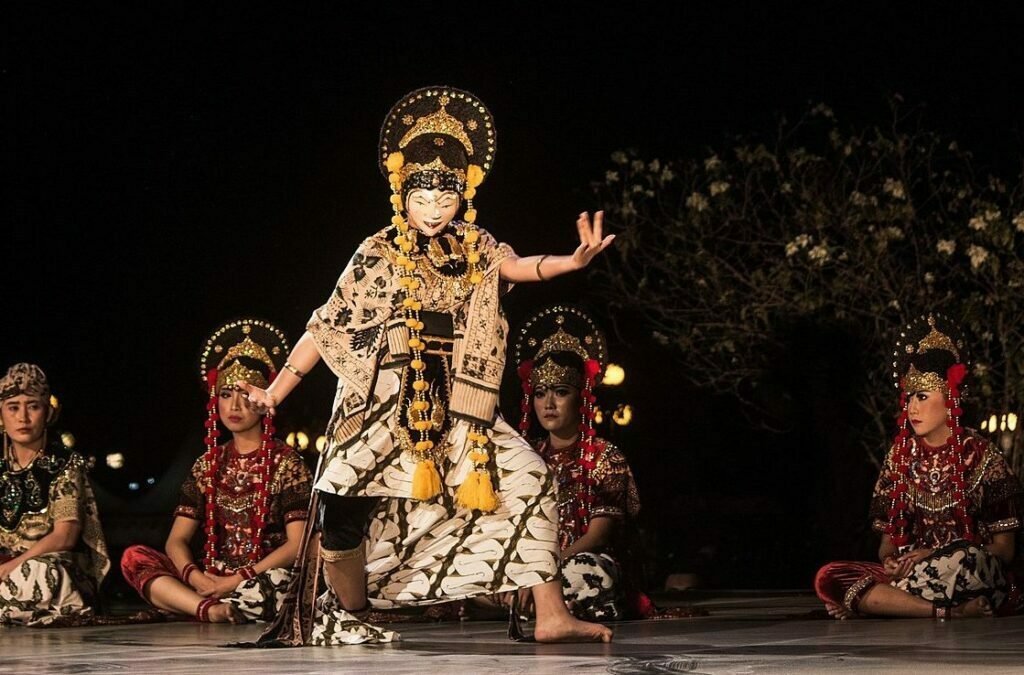
"Batik" /batɪk/ is inscribed by Unesco in 2009 as Indonesian Intangible Cultural Heritage of Humanity. The Indonesian word "Batik" comes from Javanese "bathik" (ꦧꦛꦶꦏ꧀) meaning throwing/putting dots over and over again.

Batik is a traditional textile with rich intangible cultural values that has been passed down from generation to generation in Java and other regions since the early 19th century. It has become more widely available since then, particularly since the mid-1980s 1,2,4,7 .


Indonesian batik is made by applying hot wax to fabric, in dots or lines, using a stylus-like copper instrument (tjanting Fig 1 ) or copper pads (tjap Fig 2 ). The wax helps to resist the natural or synthetic dyeing process, carried out by hand. The fabric is then boiled and/or scraped to remove the wax, this process being repeated for each dye. Batik designs have deep symbolism related to social status, local community, nature, history and cultural heritage.
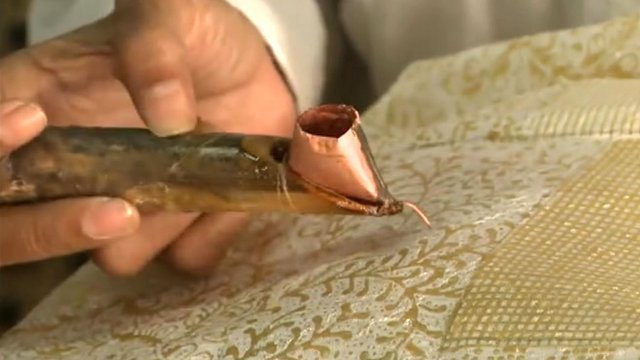
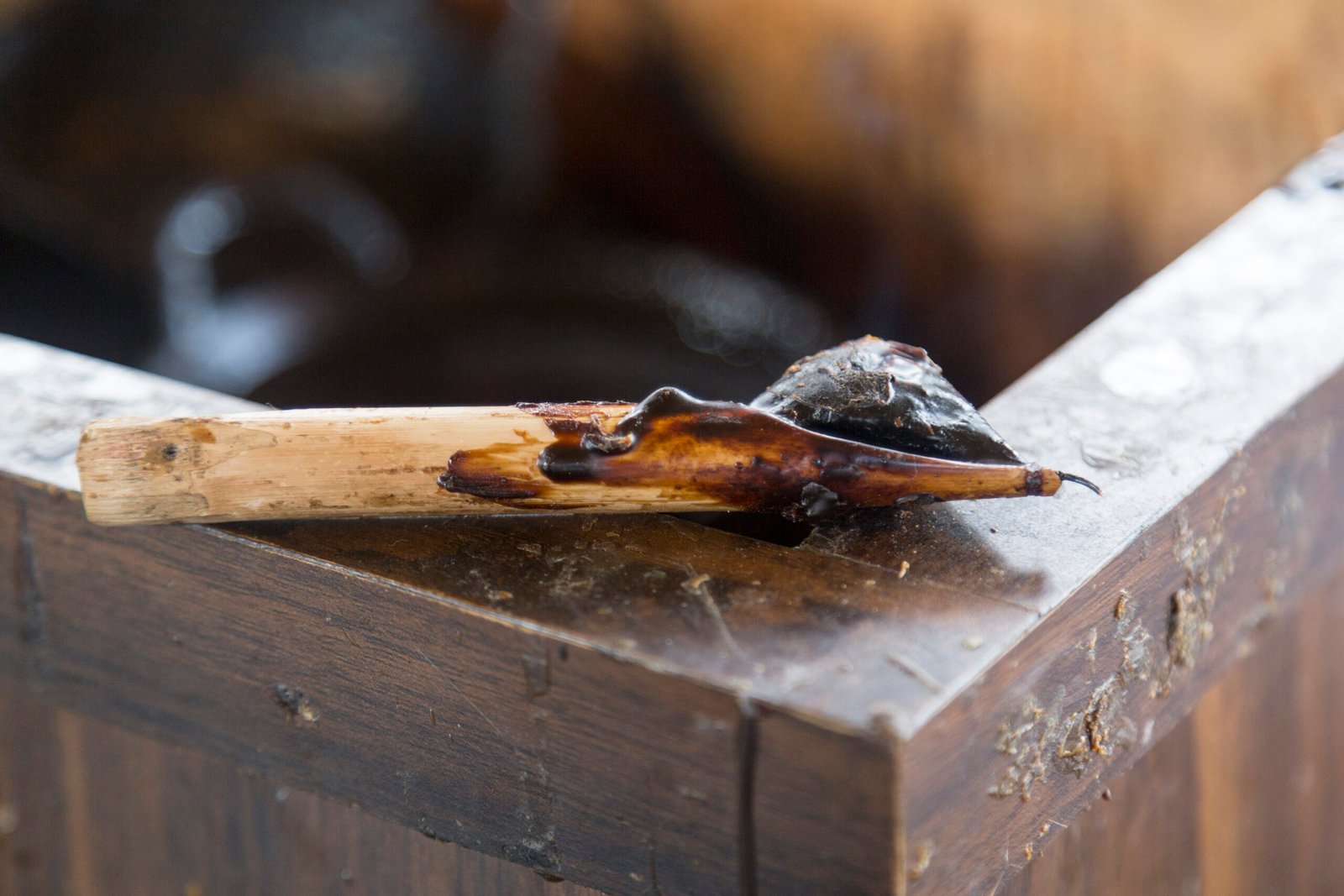
According to Unesco (1), Batik is described as the traditional handcrafted textile rich in intangible cultural values, passed down for generations in Java and elsewhere since early 19th Century, made by applying dots and lines of hot wax to cloth using a copper pen-like instrument (canthing tulis /tʃantɪŋ tulɪs/), or copper stamps (canthing cap /tʃantɪŋ tʃap/), as a resist to hand-dyeing later removed by boiling and/or scraping, repeating the process for each colour.
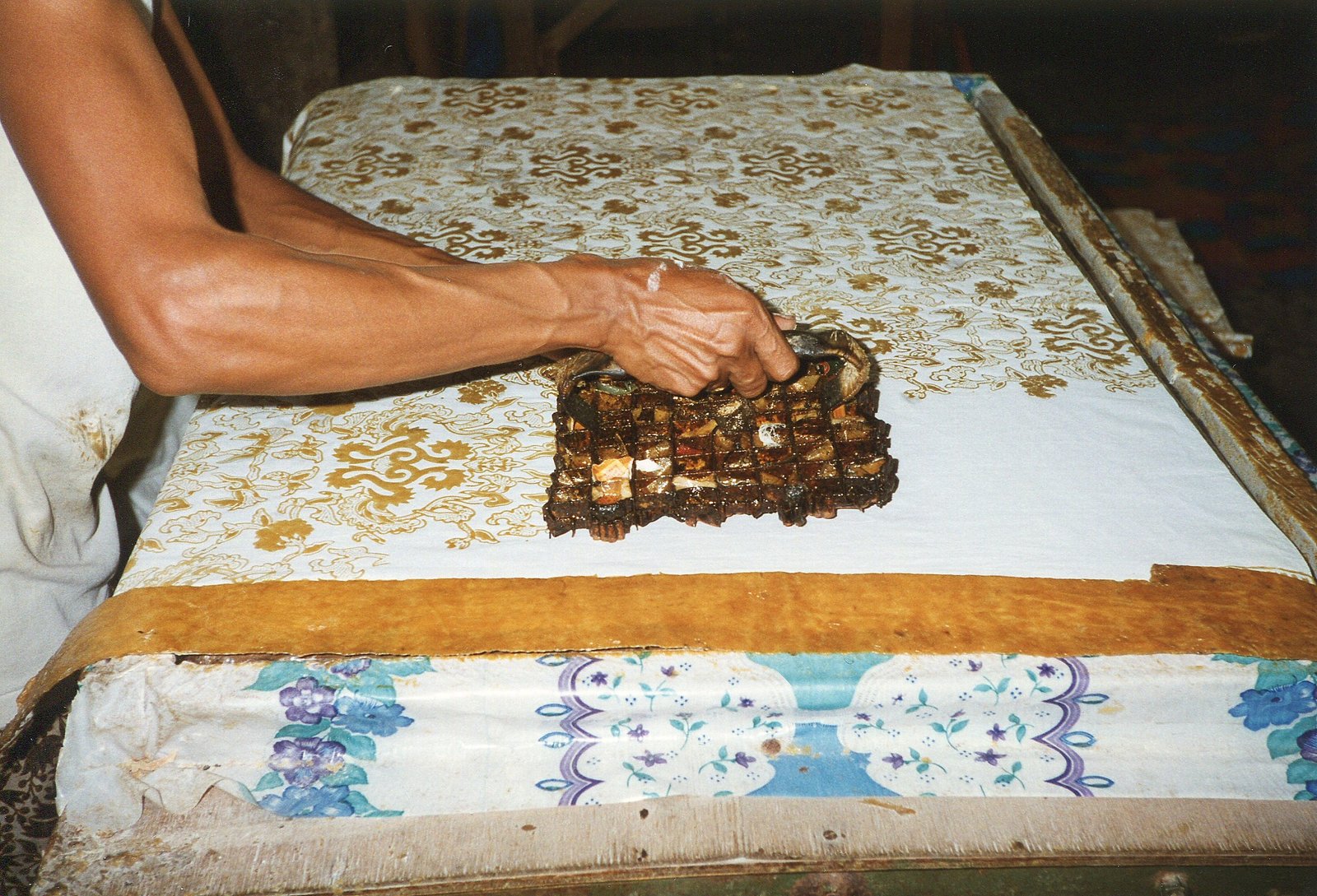
Read more:
1. Extract from the document of the UN/UNESCO Convention for the Safeguarding of the Intangible Cultural Heritage: https://ich.unesco.org/fr/RL/le-batik-indonsien-00170
2. International Batik Day: https://lepetitjournal.com/vivre-a-jakarta/symbole-batik-indonesie-232292
3. Vidéo sur Batik par l’Unesco : https://www.youtube.com/watch?v=wylWYSHkzoQ&ab_channel=UNESCO